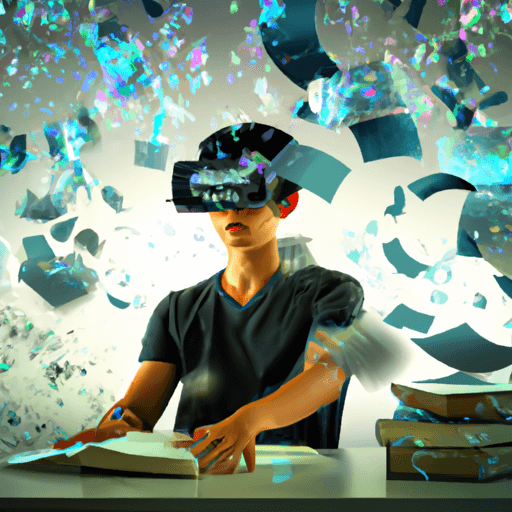How Virtual Reality is Shaping the Future of Education
Over the past few years, virtual reality (VR) technology has emerged as an innovative tool with the potential to revolutionize the educational landscape. By creating an immersive, hands-on learning environment, VR has shown promise in amplifying educational experiences and accommodating different learning styles and abilities.
Current Applications of Virtual Reality in Education
Virtual reality is being leveraged in many classrooms across the globe to create immersive learning experiences. For example, students can take a virtual field trip to Rome's ancient Colosseum, dissect a virtual frog in biology class, or navigate the intricacies of the solar system within a physics curriculum. These interactive experiences contribute to a more engaging and enriched learning process, building on visual and experiential learning theories.
The Potential of VR in Future Education Scenarios
Going beyond the current uses, the potential applications of VR in education are extensive. Imagine an unbounded classroom brought together in a virtual world, with students from different corners of the globe collaborating in real-time, transcending geographical and socio-economic barriers. This global classroom concept would foster cultural exchange and global understanding while providing equal opportunities to all students.
VR can also cater to individual learning needs by adapting content according to a student's pace and style of learning. It can even provide bespoke educational experiences for students with special educational needs, making learning accessible for all.
Benefits and Challenges of VR in Education
The integration of VR in education comes with several advantages, including increased engagement, enhanced retention, and adaptive content. In fact, a recent study by the National Training Laboratory revealed that retention rates for VR learning are as high as 75%, compared to approximately 10% for reading and only 5% for lectures.
However, there are significant challenges which need to be overcome. The high cost of VR equipment, potential health concerns, and the requisite for updated pedagogical training for educators are among the foremost challenges educators and policy-makers need to address.
Preparing for the Shift Towards Virtual Learning Environments
The integration of VR into the education system requires readiness at multiple levels. At a practical level, provisioning for the necessary hardware and creating a suitable learning environment will be a major task. Policy-makers and educators must also focus on developing curriculum that harnesses the power of VR and provides a balance between traditional and immersive learning.
Perhaps most importantly, continuous research into how VR impacts learning outcomes will inform how effective it is in boosting students' academic performance and contributing to a holistic learning experience.
Overall, if navigated strategically, VR has the potential to become a catalytic tool, transforming the way we teach and learn and democratizing access to quality education. As we stand at the cusp of this educational revolution, it's time to embrace the change and prepare for a future where learning transcends the physical boundary of classrooms.

















Comments
Leave a Comment